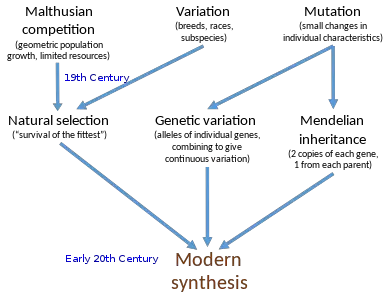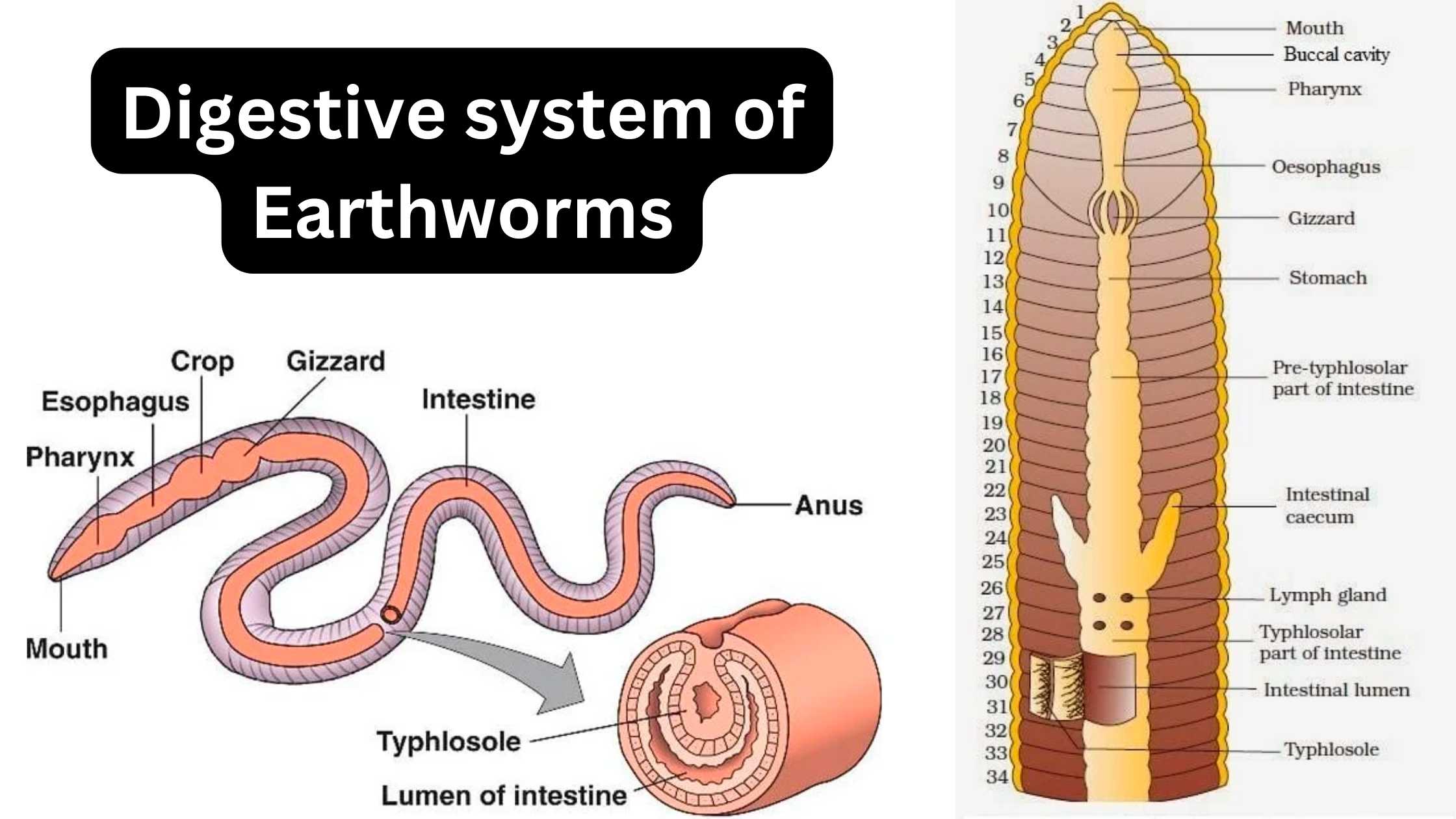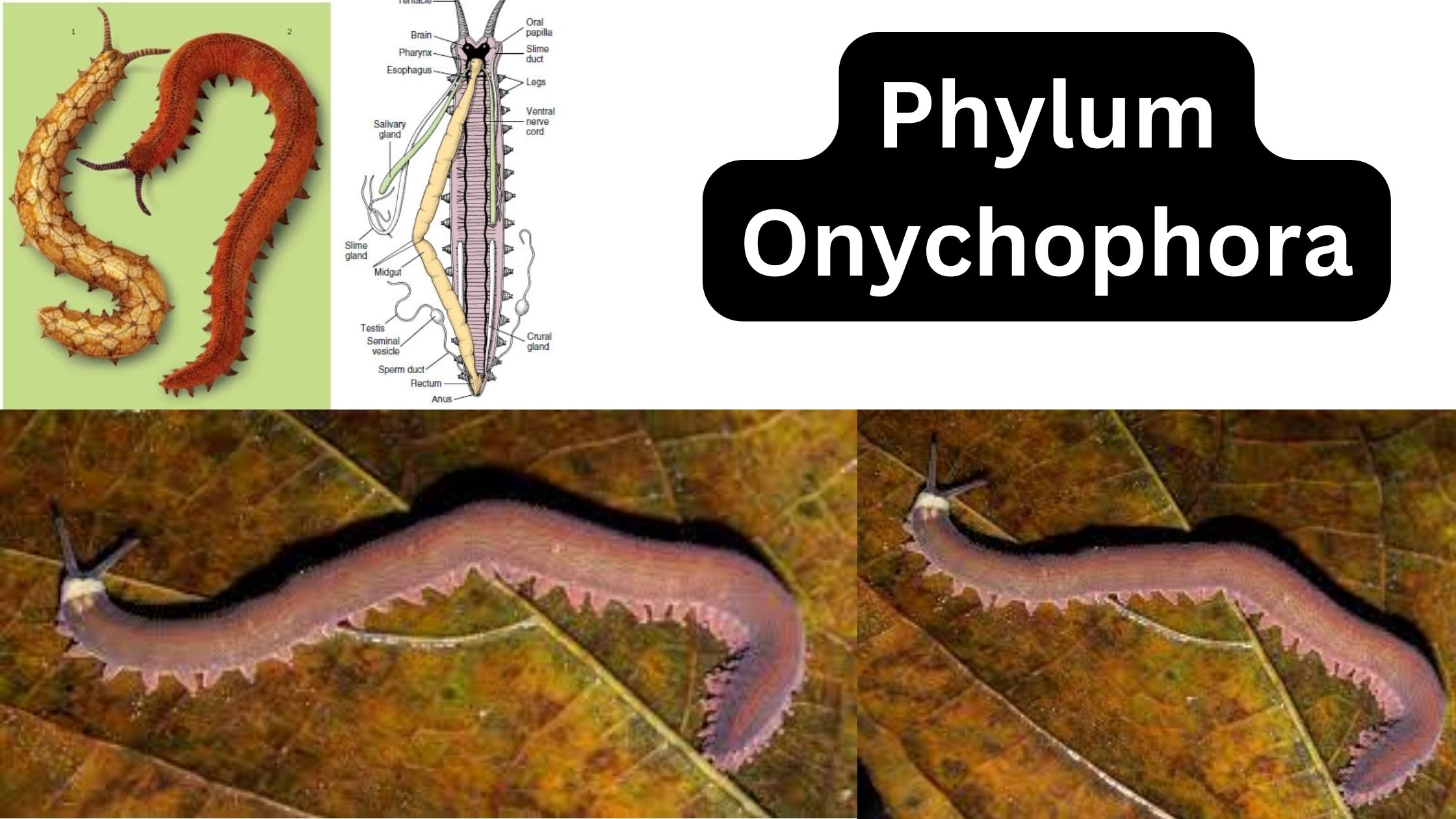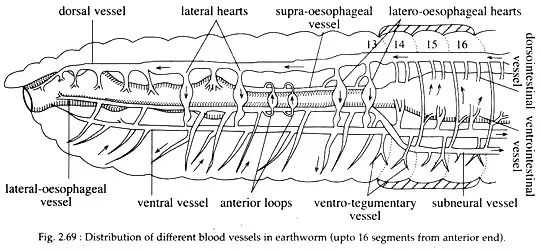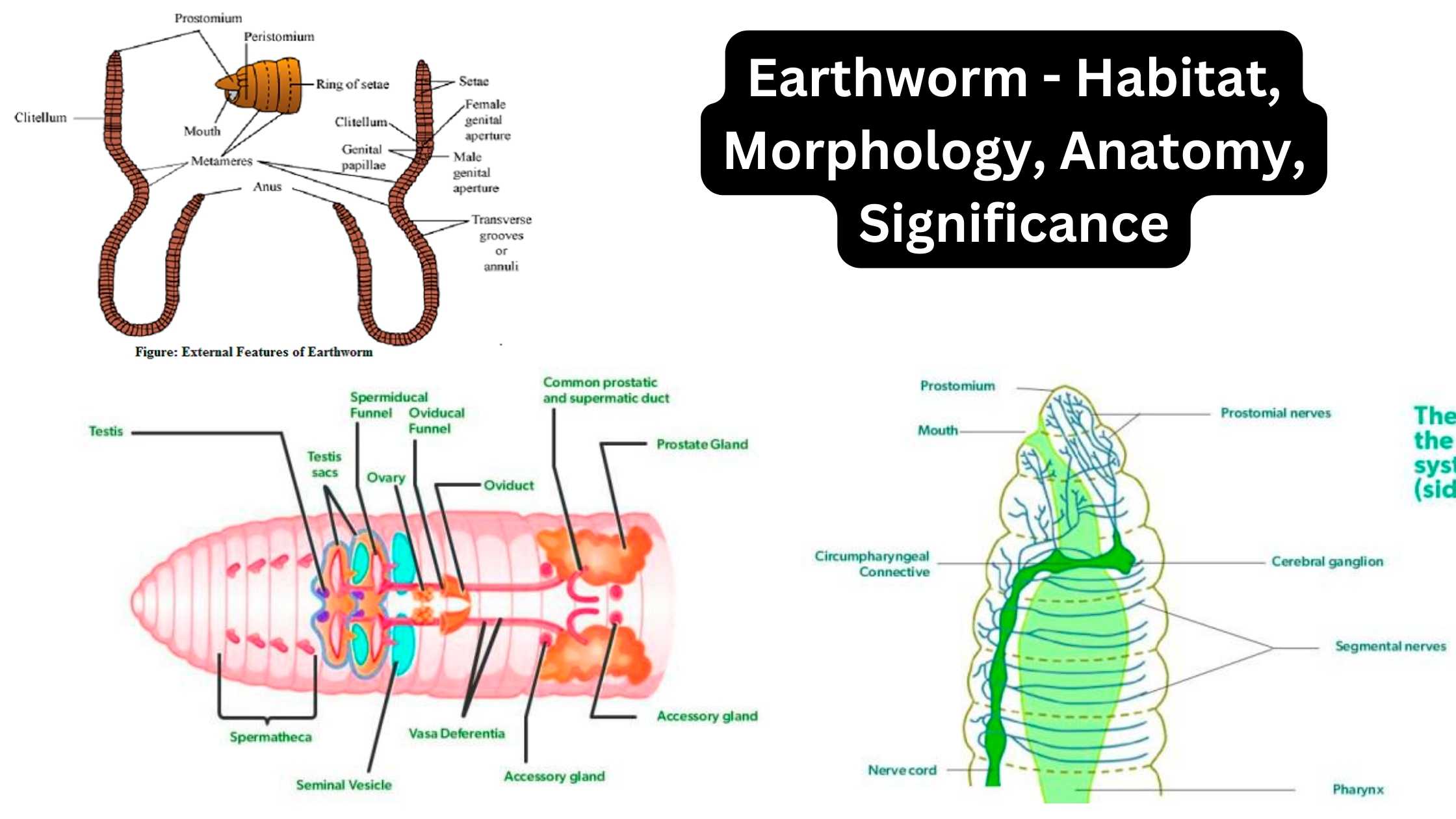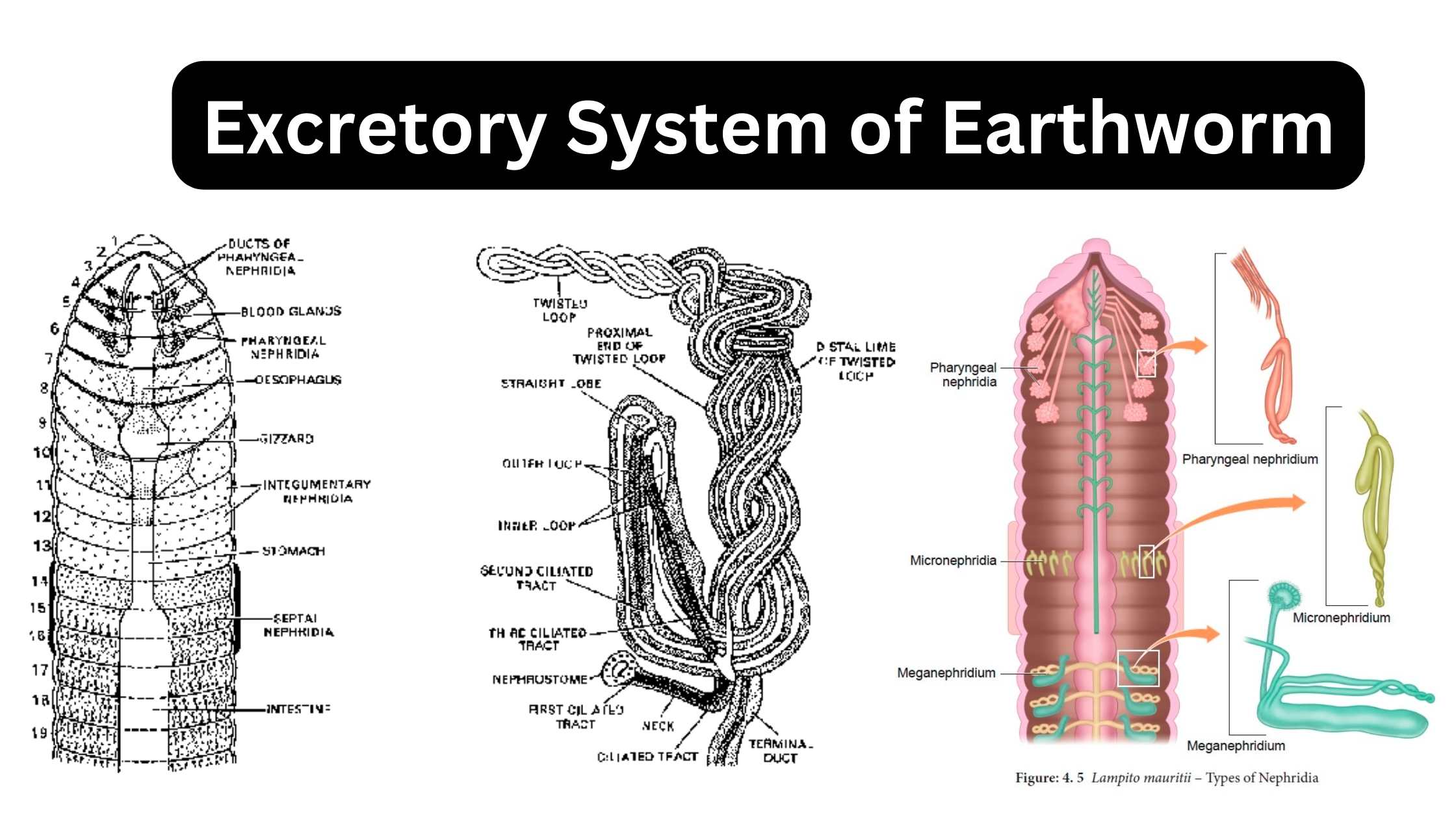Origin and Evolution of Man
Origin and Evolution of Man Features of Man The evolution of humans has brought about several distinctive features that set them apart from other primates. These progressive features have contributed to the unique characteristics and capabilities of human beings. Let’s explore these features in more detail: One of the most remarkable features distinguishing humans from … Read more




